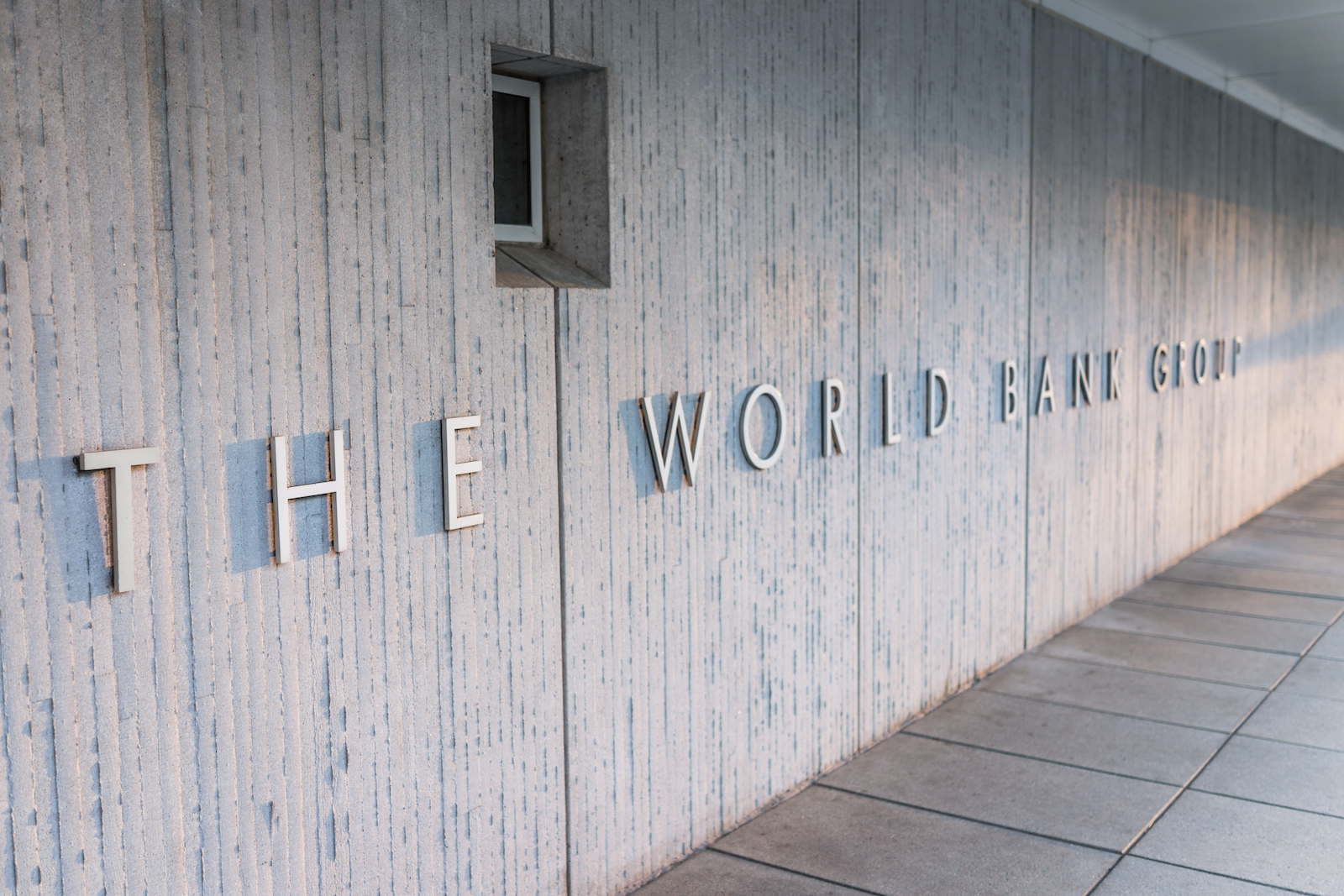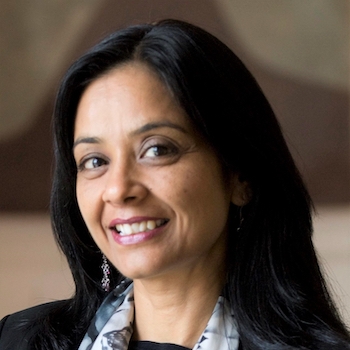
Health
Is the World Bank’s Proposed Fund an Answer for Future Pandemics?
The World Bank sought input on a document on the development of a Financial Intermediary Fund (FIF) on May 17, giving only 15 days for the international community to give feedback on a jargony, unclear, and complex proposal that will have massive financial and health implications globally.
According to the World Bank, the purpose of the FIF is to assist developing countries in becoming better prepared for future pandemics by strengthening Pandemic Prevention, Preparedness and Response (PPR) capacities. The pandemic has taught us that capabilities to prevent and respond to global health threats must be expanded globally. But the multibillion-dollar question is whether the FIF is the right mechanism and whether the World Bank is the right entity to help us achieve that.
It is no secret that for decades, the World Bank has received criticism for its failure to meaningfully engage implementing countries and civil society in their funding, allocation, and implementation decisions. Although newer Bank arms like the GFF provide some semblance of country leadership in development finance, with the new fund, the World Bank is making regressive, potentially harmful decisions around the FIF’s governance structure and implementation.
Beyond the FIF’s many shortcomings, it is simply not needed to achieve global PPR goals. With so many existing funds and mechanisms, some of which are very well-suited to take on PPR strengthening, the Bank runs the risk of creating increased competition for limited resources and adding additional layers of opacity and complexity in an already muddled global health financing landscape.
A fund that falls short
It is claimed that the FIF will complement existing financing mechanisms and institutions. However, a clear roadmap for collaboration with other organizations and funds is completely lacking. Even more concerning, the document does not provide a strategic analysis of existing global health institutions and platforms’ capacities, and how the FIF will support and enhance those vs. duplicate them. It’s important that the FIF create true additionality and be nimble to the current fiscal space. The document explicitly expresses that resources mobilized for the FIF shouldn’t substitute existing overseas development assistance (ODA) flows, and mentions that the FIF would catalyze private funding. However, given the budget constraints countries are facing, the FIF would be in direct competition with ongoing resource mobilization efforts for current levels of health ODA.
The proposed governance structure of the FIF would likely exclude critical and central stakeholders from meaningful decision-making, including implementing country governments, civil society, affected communities, and other key institutional partners such as the WHO, Global Fund, Gavi, and CEPI. Framing narrow governance that excludes central stakeholders and implementers as managing “perceived conflict of interest” is incredibly problematic. The Bank and the FIF can best address such concerns through transparent strategies and processes and meaningful and inclusive governance.
The FIF claims to draw on good practices to ensure streamlined processes and strong accountability through all its implementing partners to deliver its promised results. The document does not outline clearly who the “implementing entities” are that would receive the transferred resources and leaves that and other determinations solely to donors. There is no clarity on whether other health financing mechanisms are eligible to apply or participate as implementing entities, although this was previously indicated in dialogues on the FIF, but instead references that a waiver would be required to be eligible for funds.
In order to avoid duplication and fragmentation, clear language is needed on the ability of the Global Fund, CEPI, Gavi, and other relevant global institutions to act as implementing entities, and to outline how to effectively align them to complement and catalyze each other within the existing global health financing architecture and across various populations and countries.
A better way forward
2022 will see several global health resource mobilization campaigns and replenishments including for the GFF, the Global Polio Eradication Initiative, and the Global Fund to Fight AIDS, Tuberculosis, and Malaria. With only so much money to go around, donors and decision-makers must think strategically about how to increase funds and allocate them to maximize impact. Let us not reinvent the wheel with another financing mechanism that is even more nebulous and further complicates the global health financing landscape and disempower developing countries. Instead, we ought to better utilize existing funds and mechanisms to build PPR capacities, many of which are uniquely positioned to support LMICs to reinforce health systems’ preparedness while also strengthening existing health platforms to save lives now and drive increased health equity.
Moreover, it must allow for full participation and voting rights for recipient countries, across income categories, and other critical stakeholders. The FIF’s governance must also recognize the essential contributions of civil society and affected community organizations beyond their role as “observers” and provide representation within the decision-making body. Embracing more innovative representation and ensuring full transparency at all levels will ultimately enhance the success of the FIF.
This new mechanism should prioritize filling gaps in the current systems for preparedness and response. The FIF should improve the focus on health system strengthening and delivering on primary health care in countries especially given that too often systems and governments are oriented toward curative care and less on prevention. Ensuring that the FIF can explicitly integrate equity in funding allocations and be nimble enough to take advantage of innovative approaches, like channeling funding through debt relief, will be essential to the sustainability and impact of the FIF.
It’s long past due time that the international development community move away from a colonial, paternalistic paradigm and one in which both HICs and LICs are equal partners in not only global health security, but in our shared futures more broadly. The World Bank, supporters of the FIF, and donors would do well to recognize the FIF’s regressive governance structure and allocation model and call for an equitable partnership model that places LIC governments at the table. Let us work together in solidarity to increase the health sovereignty of developing nations and to ensure a healthier future for us all.

